When she started the #DisabilityTooWhite hashtag in 2016, Vilissa Thompson, the founder and CEO of disability empowerment organization Ramp Your Voice, was responding to an article on disability published by the now-defunct xoJane, which didn’t feature a single disabled person of color.
The hashtag quickly became so much more, catching fire in the disability community and beyond. Thompson knew this would happen—she’s been a social worker with a focus on disability rights for years, and as a Black woman, she has confronted the whitewashing of the disability rights movement for most of her life.
#DisabilityTooWhite brought the importance of intersectionality to the forefront of the disability rights conversation.
#DisabilityTooWhite I need to see Black, Brown, Yellow, & Red disabled faces to feel validated. https://t.co/UV3DsHNRvM
— Vilissa Thompson (@VilissaThompson) May 19, 2016
It’s rare that a hashtag—no less an activist hashtag—survives for more than a few months, but Thompson’s #DisabilityTooWhite is thriving, and for good reason.
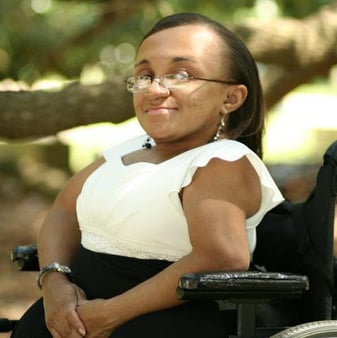
Alaina Leary, who writes for the disability media organization Rooted In Rights, says of the hashtag, “For many disabled people of color, it was extremely validating to finally have these conversations in a public space. The hashtag also became a wake up call and a call-to-action for white disabled people.”
In other words, it not only called out the white activists for its lack of representation, it reminded Black voices that they are all welcome. As a result, people were inspired to add their own personal experiences confronting racism in the disability rights community, call out the names of forgotten Black activists, and share how an intersectional understanding of disability helps create a better, stronger activist community.
People shared stories of having to wait longer for medical diagnoses, being ignored or erased by both Black and disabled activist groups, and even having to deal with the rage—and subsequent health problems—that result from years of historical erasure.
Disability rights activism and the civil rights movement are one and the same.
In September 2016, Thompson wrote, “Comprising no less than twenty percent of the United States population, people with disabilities are the largest ‘minority’ group in the nation. Notably, among differing socially-constructed racial categories, the Black community has the highest prevalence of disability—with almost a full quarter of the Black population having some form of a disability.”
Thompson was responding to the stark absence of any mention of disability or ableism in the Movement for Black Lives’ sweeping policy platform, despite declaring that they “believe in elevating the experiences and leadership of the most marginalized Black people.”
One of Thompson’s core missions is reframing Black and disability advocacy so people understand how they intersect and have historically interacted.
Intersectionality in disability rights isn’t just about understanding how race, gender, and disability combine to create different means of discrimination and privilege. It’s also about honoring the frequent cross-pollination of disability rights groups and Black rights groups throughout the history of the civil rights movement.
#DisabilityTooWhite. The Black Panthers fed the disabled advocates who were protesting - their involvement allowed us to fight for the cause
— Vilissa Thompson (@VilissaThompson) May 19, 2016
Take, for example, the Black Panthers’ work with disability rights advocates. Brad Lomax already knew he had multiple sclerosis when he joined the Black Panthers in the 1960s. His experiences living in a wheelchair, navigating public transit and a world before the Americans with Disabilities Act, directly impacted his activism—and led to the working relationship between the Black Panthers and disability rights activists.
In 1977, Lomax led the charge to occupy the Department of Health and Education offices in the San Francisco Federal Building and force the government to enact Section 504 of the Rehabilitation Act of 1973, which prohibits “recipients of federal aid from discriminating against any ‘otherwise qualified individuals with a disability.’” The sit-in lasted an entire month, and the Black Panthers were instrumental to keeping the protest going, providing food and other assistance as a direct result of Lomax’s involvement.
Thompson tweeted about him in 2016, when she started the #DisabilityTooWhite hashtag. It was only in 2020 that the New York Times wrote a long-overdue obituary recognizing Lomax’s work, which was central to many disability rights wins. This is a common occurrence in Thompson’s work: she frequently educates people on intersectionality years before the public narrative changes to reflect what she already knew.
Lomax is only one of many examples of how Black and other disabled people of color directly and significantly impacted the civil rights movement. This traditionally hasn’t been reflected in the public narrative, and the core tenet of Thompson’s work is to correct that whitewashed oversight.
Ramp Your Voice: From a Personal Blog to a Movement
Thompson’s intersectional work goes far beyond #DisabilityTooWhite.
She’s a social worker, a writer, an advocate, and a consultant who educates people and companies on disability, race, gender, and more. She considers herself “macro-minded”: taking in the whole picture of the way social constructs such as race, gender, and disability intersect and interfere with people’s ability to survive and thrive. She’s been doing this work on a national stage since she started Ramp Your Voice.
What started as a blog has now evolved into a nonprofit and, more importantly, a movement. RYV is her vehicle to share information about disabled POC and broaden the conversations around Black experiences.
The takeaway Thompson wants people to have? In an interview with Folks, she said, “Most people have a lot of inaccurate perceptions about disability that have to be unlearned.”
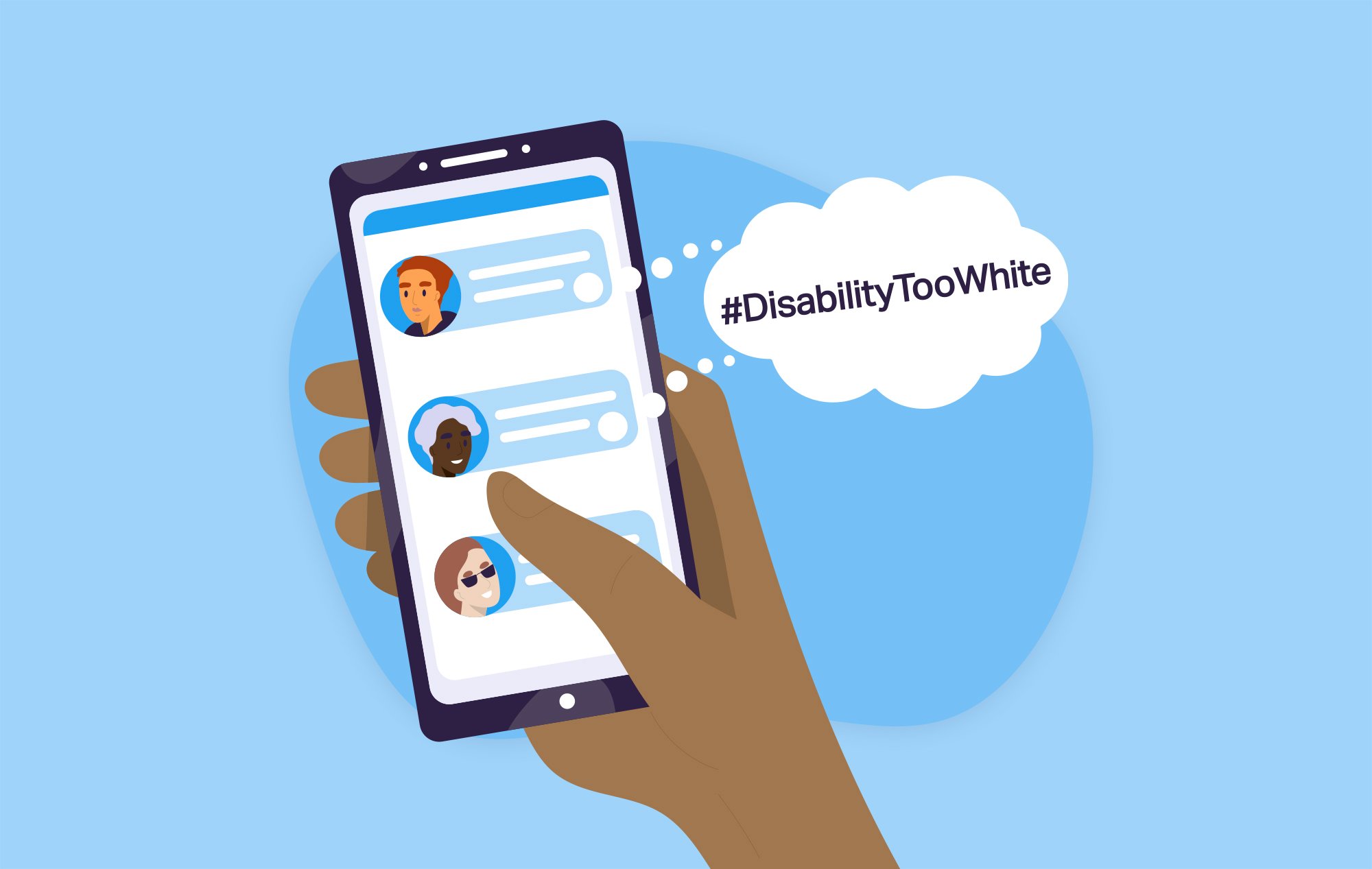
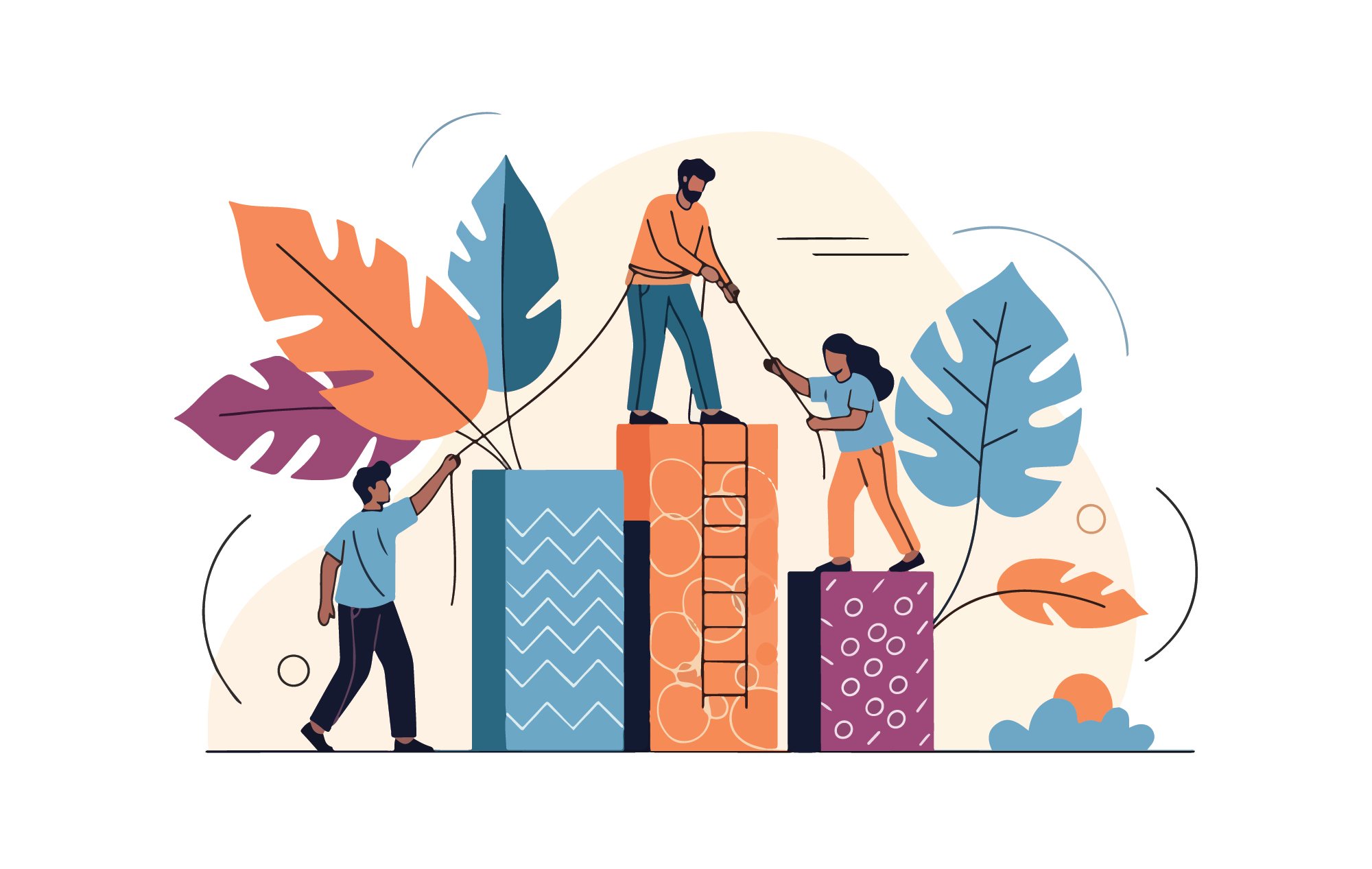
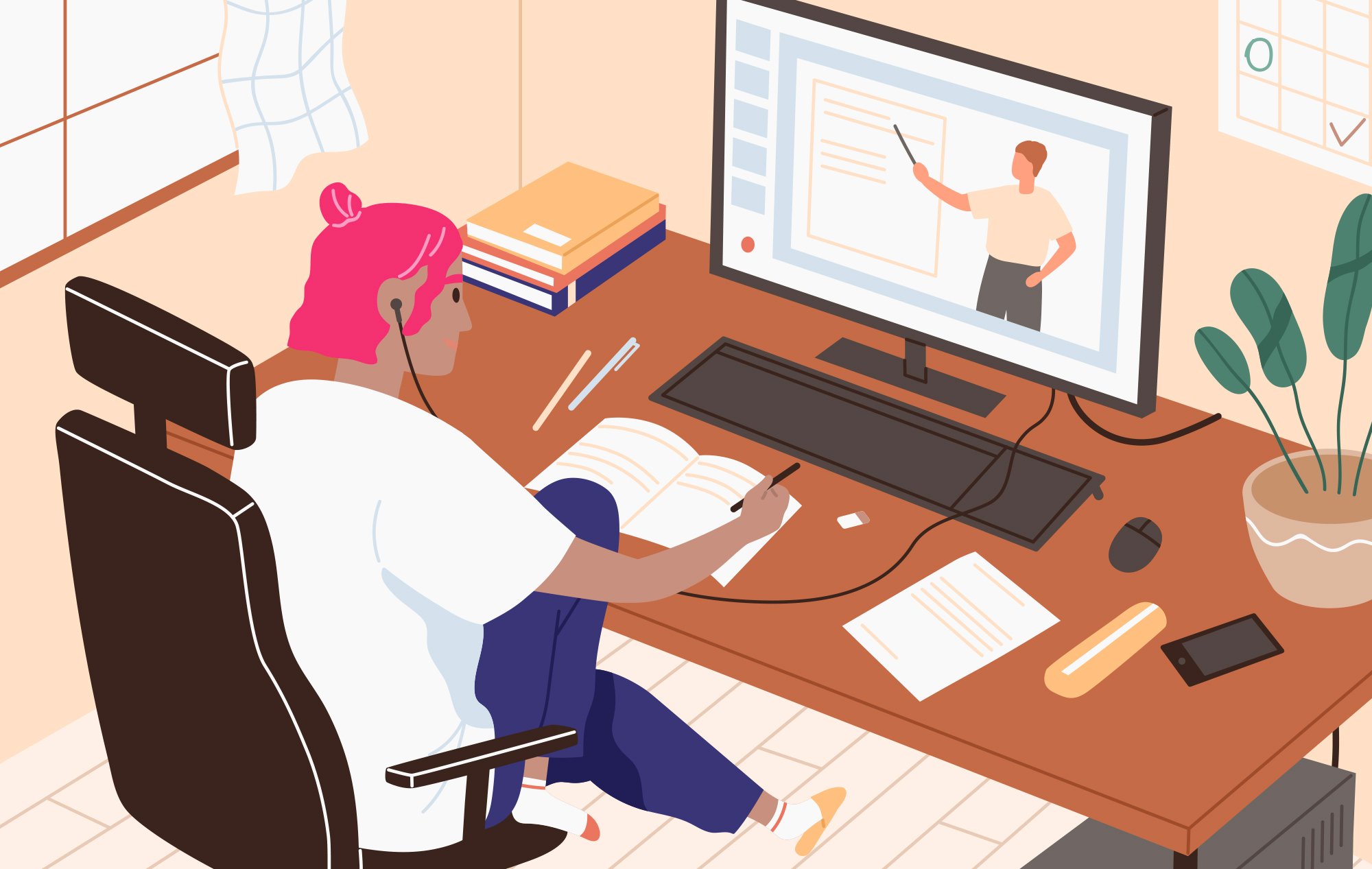
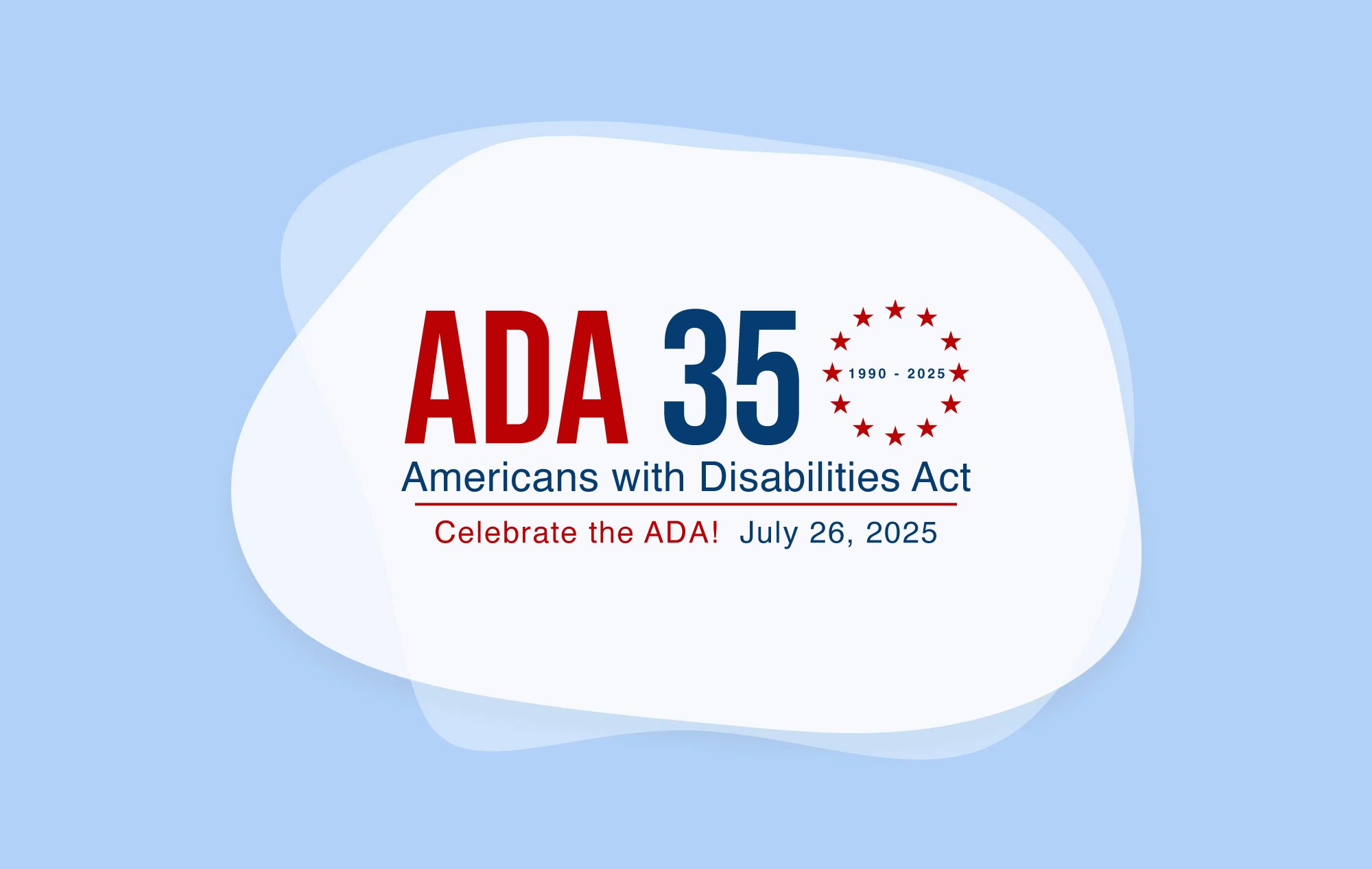


Leave a Comment